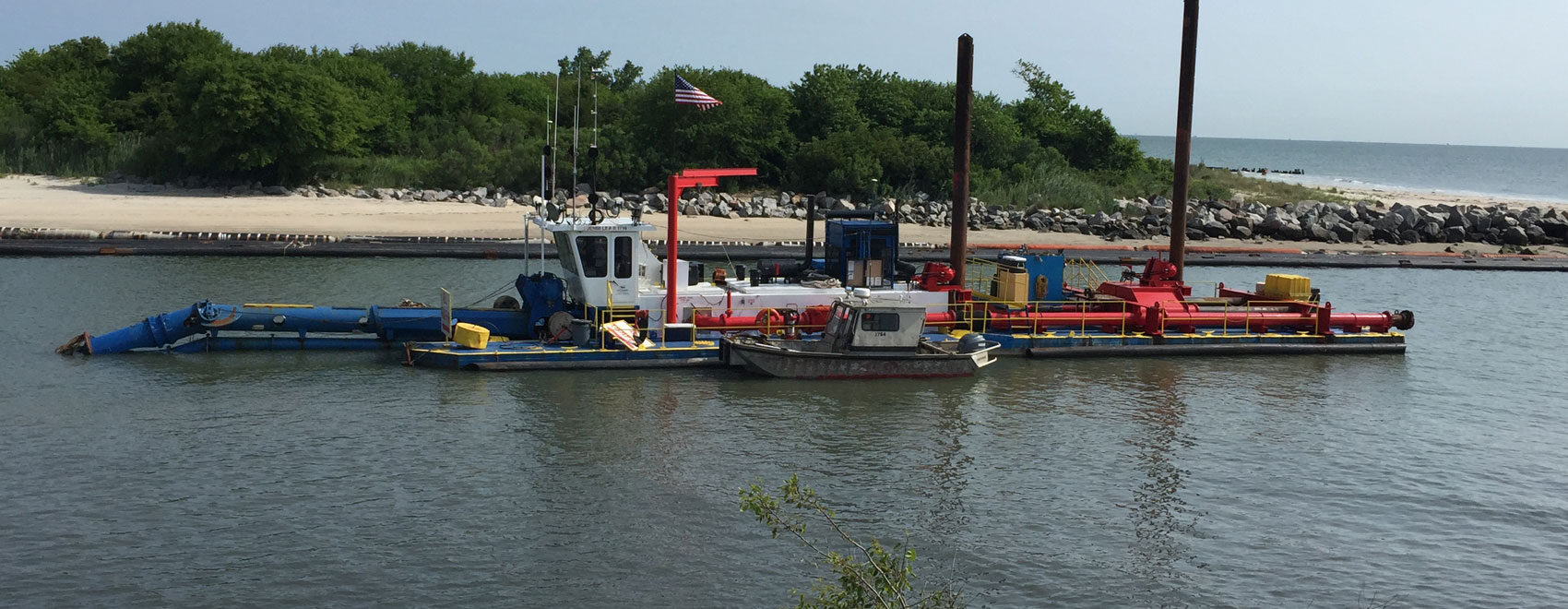Dredging Engineering is a highly specialized field which requires knowledge of the project environmental conditions, the engineering mechanics of dredging and disposal, as well as a familiarity with the dredging industry. Waterway was founded in 1977 with the express purpose of providing the highly specialized professional expertise required to perform engineering design related to new work and maintenance dredging projects. Waterway has performed dredging design and project management services for Federal, state, municipal and industrial clients. Experience has also included dredging design for smaller projects such as storm water lakes and reservoirs to larger projects incorporating deep-water Federal navigational channels. Waterway’s experience with the dredging industry has also ranged from work with small mechanical dredging operations to the larger hopper and hydraulic dredges. Our expertise and positive project performance are witnessed by the large number of repeat clients.
Waterway has the in-house expertise to design dredging projects that are tailored to specific site conditions for various types of dredging equipment. Additionally, Waterway works with most of the local and regional dredging firms on a regular basis and is able to provide a direct link to coordinate between specific client requirements and the dredging contractor’s capabilities.
Waterway regularly incorporates the Corps of Engineers Dredged Material Research Program (DMRP) information in the design of both short term and long term placement sites.
Waterway has prepared many Short and Long Term Dredged Material Management Plans (LTDMMP) for the Corps of Engineers, as well as for various municipalities and industrial clients.
Environmental Issues
Dredging typically requires regulatory permits from the Virginia Marine Resources Commission (VMRC), the Army Corps of Engineers (USACE) and possibly the Virginia Department of Environmental Quality (DEQ). For projects that impact state owned bottomlands, a permit application is typically submitted to the VMRC for joint review. The VMRC does have regulatory jurisdiction for impacts to state owned bottomlands which lie below the mean low water.
The engineers and scientists at Waterway are familiar with federal policy and regulatory procedures. Waterway has operated as agent on more dredging permits than any other firm in this area, including permits for new and maintenance dredging projects in both tidal and non-tidal conditions and has prepared environmental assessments and biological opinions for dredging various operations. We support early involvement with the regulatory agencies so that environmental issues do not develop into costly and timely project delays and can be accounted for within the planning process.
Construction Documents
Detailed and accurate plans and specifications are essential to the success of any navigational dredging project. After approval of the dredging design, Waterway develops plans and specifications for bid documents. Ambiguities in the dredging plans and specifications can result in costly change orders and a project that does not meet the intent of the design.
Waterway has completed more plans and specifications for dredging projects than any other firm in our area. Waterway has completed dredging plans and specifications for several Corps of Engineers Federal navigation projects on the Eastern Shore, all the major port facilities in the Norfolk Harbor and along the James River. Waterway regularly uses the Corps’ standard dredging specifications as the basis of our dredging construction documents.

